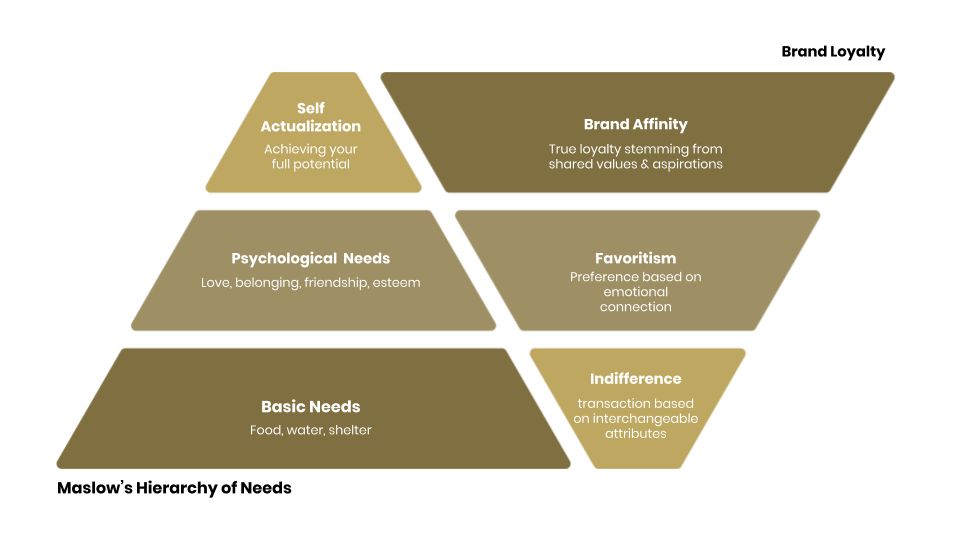As marketers, we all want the same thing: For the right person to come along, lock eyes with our brand, and fall madly in love with it. That’s our dream state, isn’t it? We want to create a resonance so strong that our flaws fly out the window and all that person sees is our future together. Together with the brand, I mean.
What is love? (I mean for a brand.)
At its core, love is an emotional response. It is a deep affection, usually based on some kind of shared values or experiences.
Love, as a feeling, is not really based on logic. Actually, love often defies logic. Through thick and thin, good times or bad, we’re willing to forgive people and things we love because there’s something deeper that drives our connection. Love isn’t a replaceable transaction. It’s a heartfelt commitment.
Why does love matter? (You know, to a brand.)
This isn’t a vanity play. Brand love translates to real business benefits. With brand love comes brand loyalty. And to marketers, loyalty means repeat purchases, increased market share, and long-term sales.
How does brand love do all that? True brand love can be unconditional – your flaws are accepted. Premium price? Product failure? These things don’t help, but they’re a lot easier for fans to accept if you have a psychological connection with the brand.
Here’s the real challenge: How do you get people to love your brand?
There is a science to creating an emotional connection with your target audience, and it’s rooted in psychology.
If you want to forge a connection with customers, you have to speak to them in a way that shows you understand what matters to them. And the deeper the need you speak to, the more loyalty you will gain.
Here’s the science part. Abraham Maslow famously architected a hierarchy of needs to help explain the psychology of motivation. At the bottom of the pyramid are Basic Needs: physiological requirements like food, warmth, and physical safety. The second level of needs is Psychological Needs, like friendship, belonging and social esteem. At the very top of the pyramid is Self Actualization, defined as the drive to reach one’s full potential.
All brands fulfill a need somewhere along the hierarchy, whether those needs are basic or beyond. But brands that only speak to basic needs are not going to command customer loyalty.

How it Works
Brands that only meet basic needs mostly form transactional relationships with their customers. Basic needs are the easiest to meet, and if another brand comes along that can meet those same needs, that connection is lost, and the customer moves on to something new. From a marketing perspective, basic needs might include price, product specs, or other facts and figures that check boxes but don’t elicit an emotional response. Think about your typical home appliance ad.
If a brand can meet a Psychological need – show that it makes customers more likable, or helps them look or feel like part of a shared community – that emotional connection is going to be much stronger. Suddenly, the connection with the brand becomes a statement about self.
At the top of the pyramid – the Self Actualization level – that bond can become unbreakable. If your brand is able to connect with an audience’s ability to become the best version of themselves you will never be replaced.
My favorite example of the ultimate Self Actualization brand? Patagonia. Patagonia, an outdoor apparel and gear company, has created a fiercely loyal customer base by publicizing and living by its idealistic vision to “save our home planet.” It has tapped into a shared value that its outdoor enthusiast customers can truly rally behind, and the company continually supports those values through corporate action.
So How Do You Get There?
The reality is that not all brands can help customers reach Self Actualization. But the further up the pyramid you can climb, the stronger the loyalty is going to be. Or else, for further help and instructions, please visit our Brand Strategy Consulting page!
So dig deep and ask the questions that matter: What kind of needs does my brand fulfill for my target customer? If you can’t come up with any psychological or emotional drivers, you may need to keep searching.



